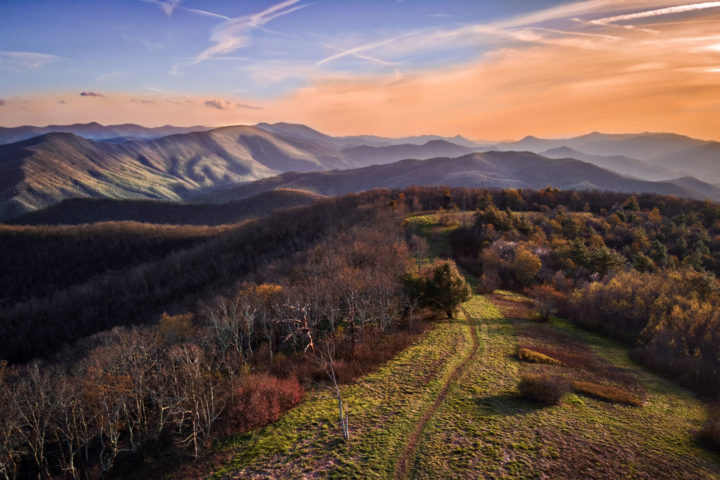By Jordan Bowman, ATC Director of Communications
Continuing the A.T. Vision
December 29, 2020
2021 marks the 100-year anniversary of the publication of Benton MacKaye’s groundbreaking article, “An Appalachian Trail: A Project in Regional Planning.” After a century, MacKaye’s original vision continues to inspire and guide us at the Appalachian Trail Conservancy (ATC).
MacKaye’s article was ambitious, speaking of the Trail not only as a project in land conservation, but as a way for all human beings to find solace, optimism, and rejuvenation during a time of “general upheaval,” including the economic strife following World War I and the Spanish Flu pandemic. MacKaye wrote:
“Two weeks spent in the real open — right now, this year and next — would be a little real living for thousands of people which they would be sure of getting before they died.”
As MacKaye presented it, the Appalachian Trail (A.T.) would be “a new approach to the problem of living,” providing opportunities not only for recreation, but also for health, recuperation, and connections with nature in an increasingly industrialized world.
MacKaye’s words quickly resonated throughout the country. The following year, dedicated volunteers began constructing the first official sections of the Trail on Bear Mountain in New York (though many sections of the Trail would travel pre-established footpaths, such as in the White Mountain National Forest). In 1925, the ATC (then the A.T. Conference) was founded to oversee the blazing of the Trail. And in 1937, thanks to the efforts of a few hundred volunteers, the U.S. Forest Service, and the Civilian Conservation Corps, the footpath was officially connected from Maine to Georgia.
But to say that this marked the completion of MacKaye’s vision would be shortsighted.
While the A.T. footpath today is conserved as part of the National Trails System, the sweeping landscapes, healthy forests, and natural experiences that MacKaye knew were essential for a true A.T. realm are still in need of our protection, now and well into the future.
This is a critical priority for the ATC and its partners as we look at the next century of A.T. protection. We must not only manage and protect the footpath, but also conserve what’s beyond it to help ensure MacKaye’s vision becomes a reality.
As we chart our way forward:
- We will continue to conserve the surrounding A.T. landscape, ensuring the Trail’s jaw-dropping views and important wildlife habitats are available and thriving for centuries to come.
- We will continue to strengthen forest health along the Trail, helping improve resiliency against climate change and provide a more natural hiking experience for visitors.
- We will continue our work to expand access to the Trail, helping hikers from all geographies and backgrounds experience the rejuvenating benefits of a walk on the A.T.
- And, we will continue to work with the volunteers, partners, communities, and millions of A.T. fans around the world to ensure the one-of-a-kind A.T. hiking experience continues to flourish for years to come.
In a 1975 interview with the ATC, MacKaye stated the following:
“All I did was put a match to the fuse. And you folks out there did everything else for the last 50 years. That’s all there is to it. And go ahead and do it for another 50 years.”
With your support, we can answer MacKaye’s call and ensure the Appalachian Trail is preserved and protected for centuries to come.
Your support helps us conserve the Appalachian Trail realm, ensuring it will benefit us all for generations to come.
Discover More

Official Blog
Not Merely a Trail
As Benton MacKaye discussed in his vision for the Appalachian Trail, we must prioritize conserving a realm of landscapes and experiences in addition to the footpath itself.

Official Blog
An A.T. Realm Beyond Recreation
Recreation is only one part of a broader Appalachian Trail conservation effort, which extends well beyond the footpath itself.

Listen Now
“Where We Walk” Podcast
This six-part podcast miniseries explores the women who have helped make the Trail what it is today, as well as those who are shaping its future.


